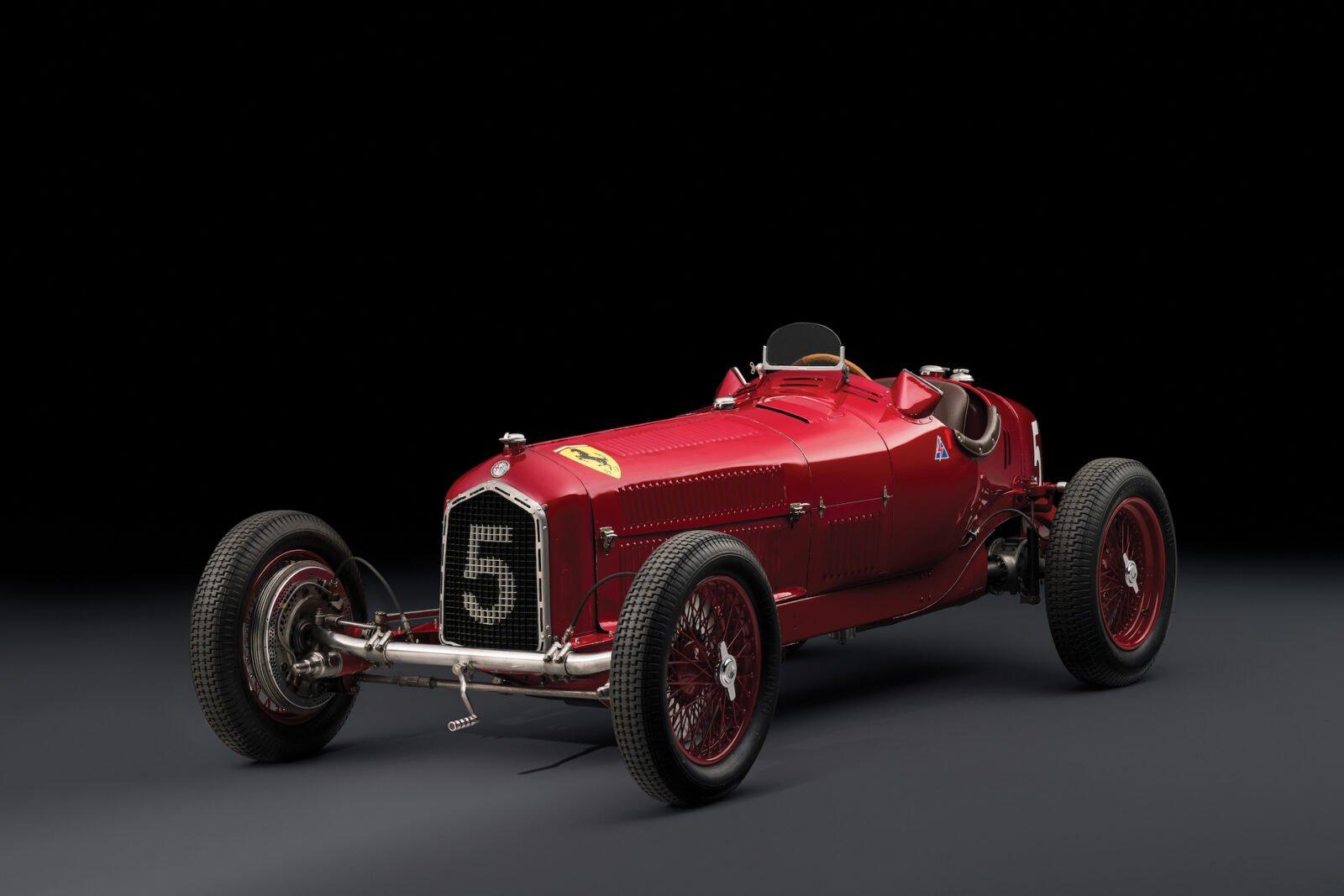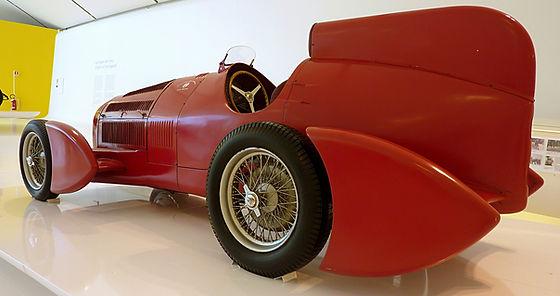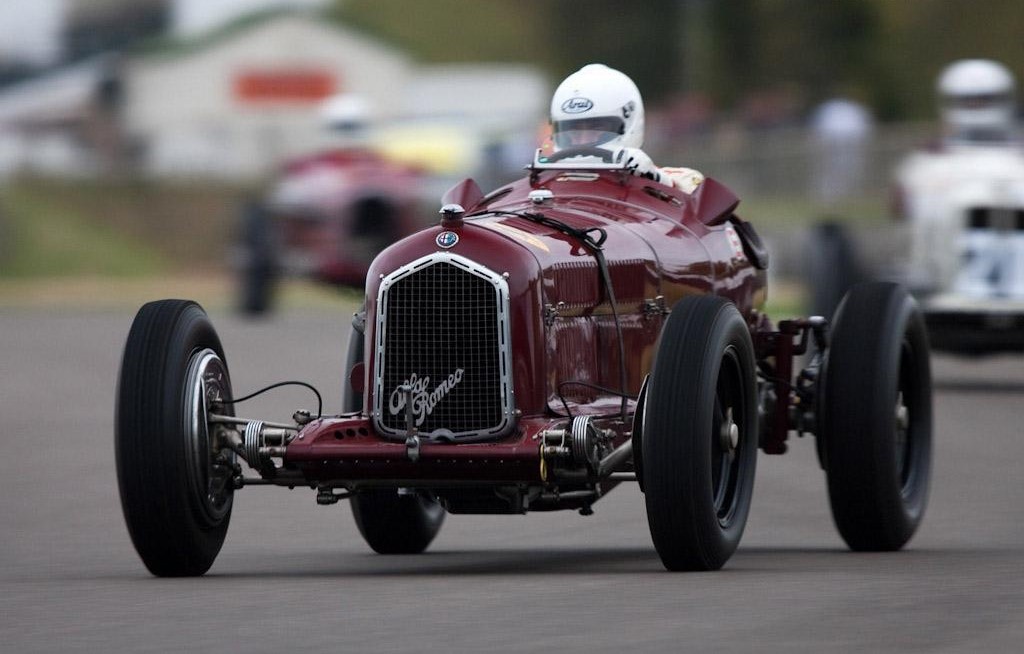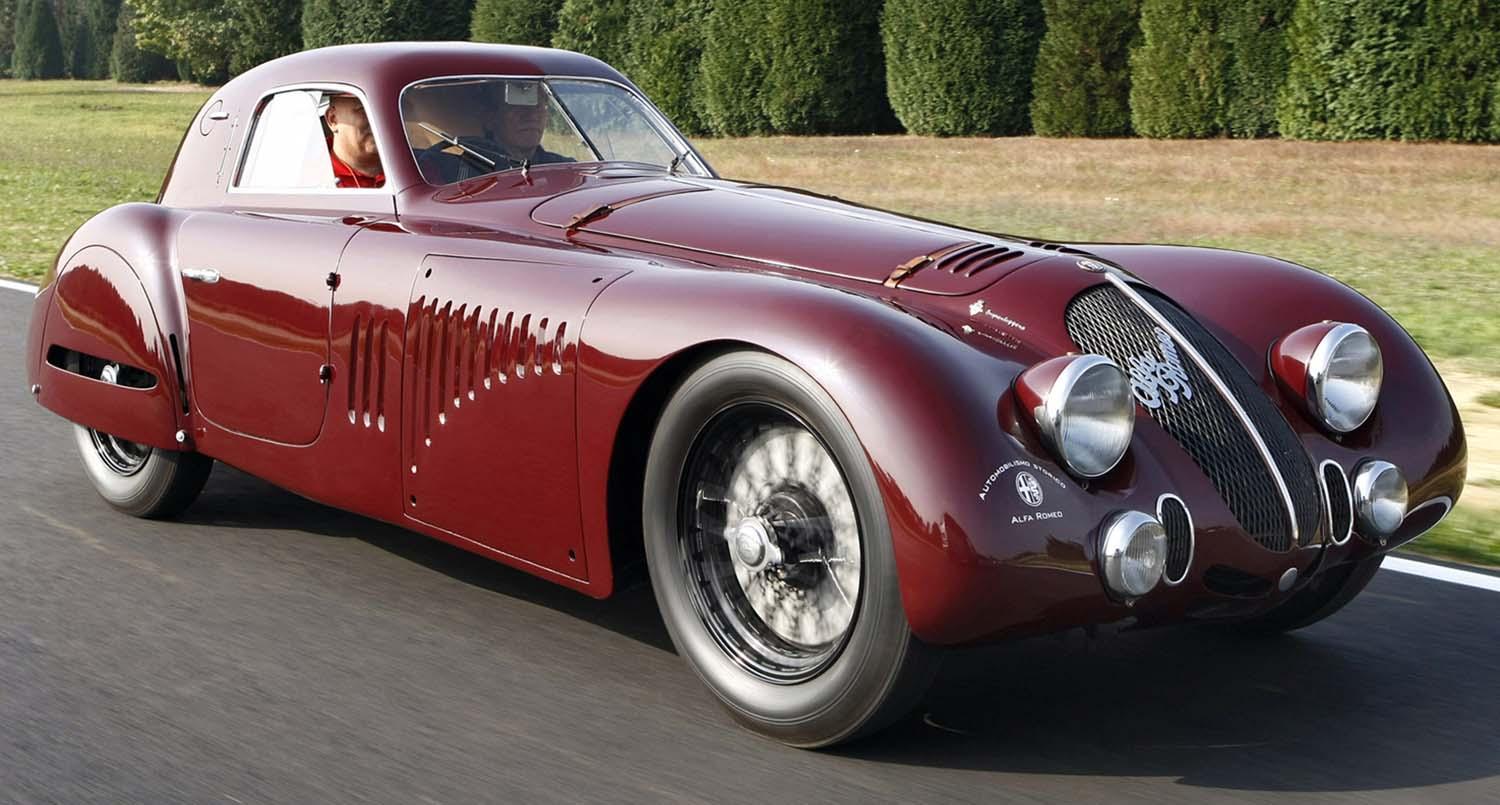1938 Alfa Romeo P3
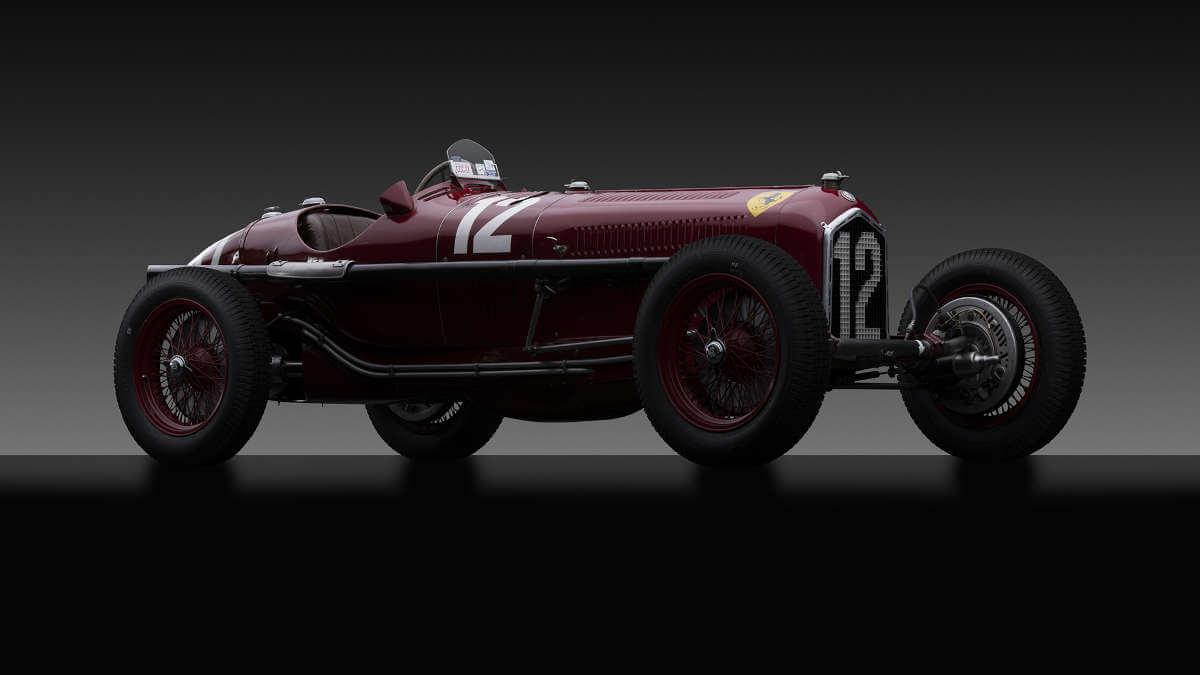
The descriptions of the Classic Cars in the Directory were partly generated or supplemented with the help of artificial intelligence (AI). The content may occasionally not always be entirely accurate or factually correct despite careful checking.
The Alfa Romeo P3 1938 is a magnificent machine that represents the epitome of automotive engineering from its time. It is a racing car that was built to perfection, with attention to every single component, and optimized for speed and precision. The engineering behind the P3 1938 was inspired by both its predecessors, the P2 and the Tipo B, and it set a new standard for racing cars with its superbly designed chassis, suspension, and engine.
The chassis of the P3 1938 is a work of art. Its longitudinal and cross members are crafted from high-quality steel tubing, which is reinforced with triangulated steel sheeting. This design was aimed to yield maximum strength and rigidity while reducing the weight of the car. The suspension system consists of independent double wishbones, coil springs, and hydraulic shock absorbers on both front and rear axles. The suspension system was engineered to ensure the stability and comfort of the car while maintaining its agility and responsiveness.
Under the hood, the P3 1938 boasts a state-of-the-art engine that was designed for speed and efficiency. The engine features eight cylinders arranged in a V-shape, which is complemented by twin overhead camshafts, four Weber carburetors, and Bosch ignition. The engine's displacement capacity is 2.9 liters, and it produces 220 horsepower at 5600 revolutions per minute. The engine is mated to a four-speed manual transmission that allows for smooth, precise shifting.
The P3 1938's braking system is another aspect of its technical engineering that deserves recognition. The car is equipped with hydraulic drum brakes on all four wheels, which were designed to provide ample stopping power while avoiding brake fade. The braking system is further augmented by a hand-operated lever located on the left-hand side of the cockpit, which activates the rear brakes independently of the pedal.
The interior of the P3 1938 is reminiscent of its origins as a racing car. The cockpit features two seats with ample support, a steering wheel with a wooden rim, and a comprehensive array of gauges and controls. The car is equipped with a fuel pressure gauge, oil pressure gauge, oil temperature gauge, water temperature gauge, ammeter, rev counter, and speedometer.
Overall, the Alfa Romeo P3 1938 is a testament to automotive engineering excellence. The car's fine-tuned chassis, advanced suspension system, high-performance engine, efficient braking system, and ergonomic cockpit make it one of the most perfect racing cars ever built. The P3 1938 set a new standard for racing cars of its time and continues to serve as a benchmark for modern-day racecar design.
Milestones
- Designed by Vittorio Jano, Alfa Romeo P3 made its debut in 1932 and was updated several times over the years.In 1938, the Alfa Romeo P3 had a 2.9-liter supercharged eight-cylinder engine that produced 205 horsepower.
It participated in the 1938 and 1939 Grand Prix seasons and was driven by some of the most renowned drivers of the time, including Nino Farina and Juan Manuel Fangio.
In the 1938 Monaco Grand Prix, Alfa Romeo P3 won the race with a commanding performance. On the tricky street circuit, it lapped all but one car in the field and finished 45 seconds ahead of the second-placed car.
Subsequently, Alfa Romeo P3 won several more races in the 1938 season, including the Tripoli Grand Prix and the Coppa Ciano.
However, in the 1939 season, the Alfa Romeo P3 faced tough competition from the new German Silver Arrows, which were faster and more advanced.
Despite this, Alfa Romeo P3 managed to win a few more races, including the Belgian Grand Prix.
After the outbreak of World War II, Alfa Romeo P3 was retired from racing and some of the surviving cars were sold to private collectors.
Today, Alfa Romeo P3 is regarded as one of the most beautiful and successful racing cars of its time, with a rich history and a lasting legacy in the sport of motor racing.
Technical
Some possible technical details of the Alfa Romeo P3 1938 are:Engine: 2.9-liter DOHC inline-8, supercharged
Power output: 220-240 horsepower at 5800 rpm, depending on tuning
Transmission: 4-speed manual, rear-wheel drive
Suspension: independent front and live rear axle with transverse leaf springs
Brakes: hydraulic drum brakes on all four wheels, with dual circuits and mechanical handbrake
Wheels and tires: wire-spoked wheels with 5.50-19 front and 6.50-19 rear tires
Body and chassis: aluminum body on a steel-tube ladder frame, streamlined shape with open cockpit, 440-452 kg weight, 2650 mm wheelbase, 1395 mm track width front and rear
Performance: top speed up to 228 km/h (142 mph), acceleration from 0 to 100 km/h (62 mph) in under 7 seconds, depending on gearing and conditions
Racing achievements: won the 1938 and 1939 Grand Prix World Championships, 1939 Tripoli Grand Prix, 1938 Coppa Ciano, 1939 Donington Grand Prix, 1938 and 1939 Belgian Grand Prix, among others.
